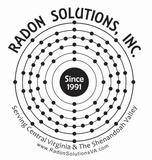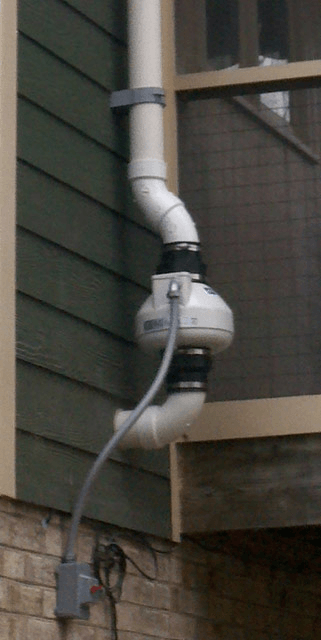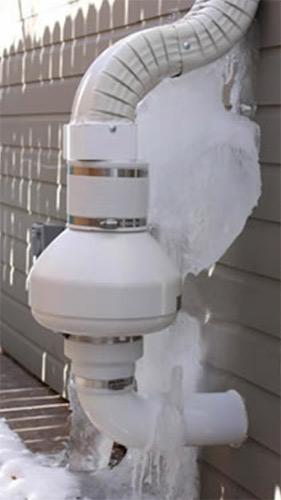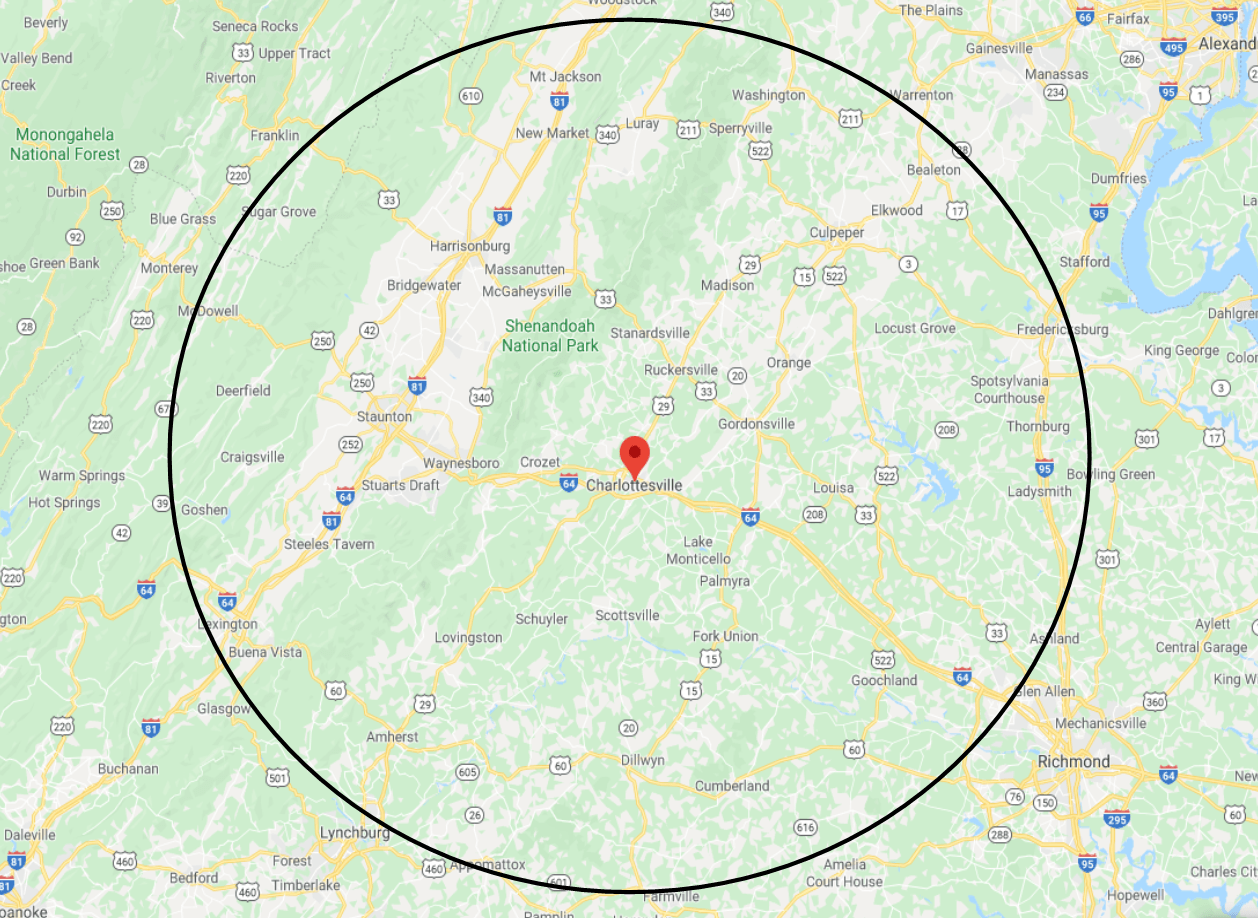Things to Consider
When installing a radon reduction system
in your home, there are many factors to consider when selecting a contractor. Here are some things to consider with some photos to explain the differences.
1) Mandatory contractor qualifications to consider:
a. The contractor and the actual installer present during the installation are required to be certified and participate in the National Radon Proficiency Program www.nrpp.info. Tap or click "Find a Radon Professional" and search by city and state to find them by name.
b. The contractor must have a valid Virginia
contractor’s license with the (RMC) radon mitigation contractor designation. www.dpor.virginia.gov/LicenseLookup/?from=logininPage
c. The contractor should have general liability insurance as well as workers' compensation insurance and can provide a letter of insurance from their insurance company.
System Details
Radon systems can be located on the interior of the house or the exterior of the house. Both systems operate the same. However, the placement of the system affects the aesthetics of the home and can affect the resale of the home if placed in an unsightly location.
Noise is another important consideration. An improperly placed system can produce noise transfer into the home. System location can also limit the options of additional suction points or garage suction points if the initial system is not effective, possibly requiring the addition of a second system in some cases. Just remember, not every house is the same, and not every mitigation system can be the same.
The Materials
The materials used should be high quality and designed to last the life of the home. Piping should be Schedule 40 PVC, and all connections should be sealed with the appropriate glue. Aluminum downspouts for exterior systems are not recommended due to excessive condensation in the winter as well as icing conditions and poor connection to the house. Exterior piping should be schedule 40 PVC and be attached to the house with a mounting bracket and exterior screws that reduce vibration and noise transfer into the home.
Retesting
Retesting after mitigation is a very important step to make sure that the system is working correctly. Retesting should be done by a second party or by the homeowner with a test kit provided by the mitigation contractor following installation.
It is strongly recommended that if the installation is being done as part of a real estate transaction, that the retest is done by a second party that is certified to do testing. The owner or realtor should not place and retrieve the test device for the mitigation contractor because this creates undue liability for them because they are not certified to do testing.
Contractor Follow-Up
What happens if the radon level is not reduced after the system is installed? It is important to know the reputation of the contractor. Not all homes are the same. Sometimes the cookie-cutter system does not work. Make sure that the contractor guarantees the system to work and that any additional work needed will be done in a timely fashion and at no additional charge. (Read the fine print!). It is important to prevent the delay of a home sale due to a system that is not working correctly, or an unsightly, poorly installed system.
The Importance of Certification & Experience
In the end, your contractor must be well-known, certified, and possess multiple years of experience. Radon Solutions Inc.
is a natural choice. We have all the certifications necessary and a well-documented history of success. You can rely on a professional installation that will exceed your expectations.
Call Radon Solutions Inc. today for your free estimate at 540-820-5891.








